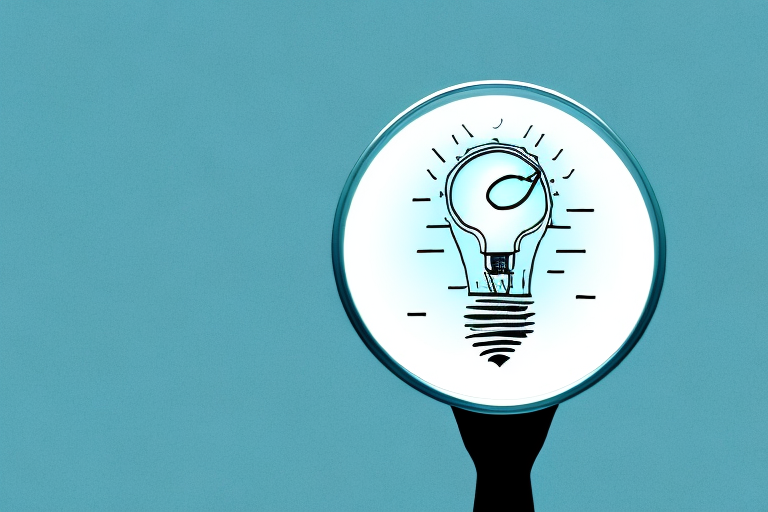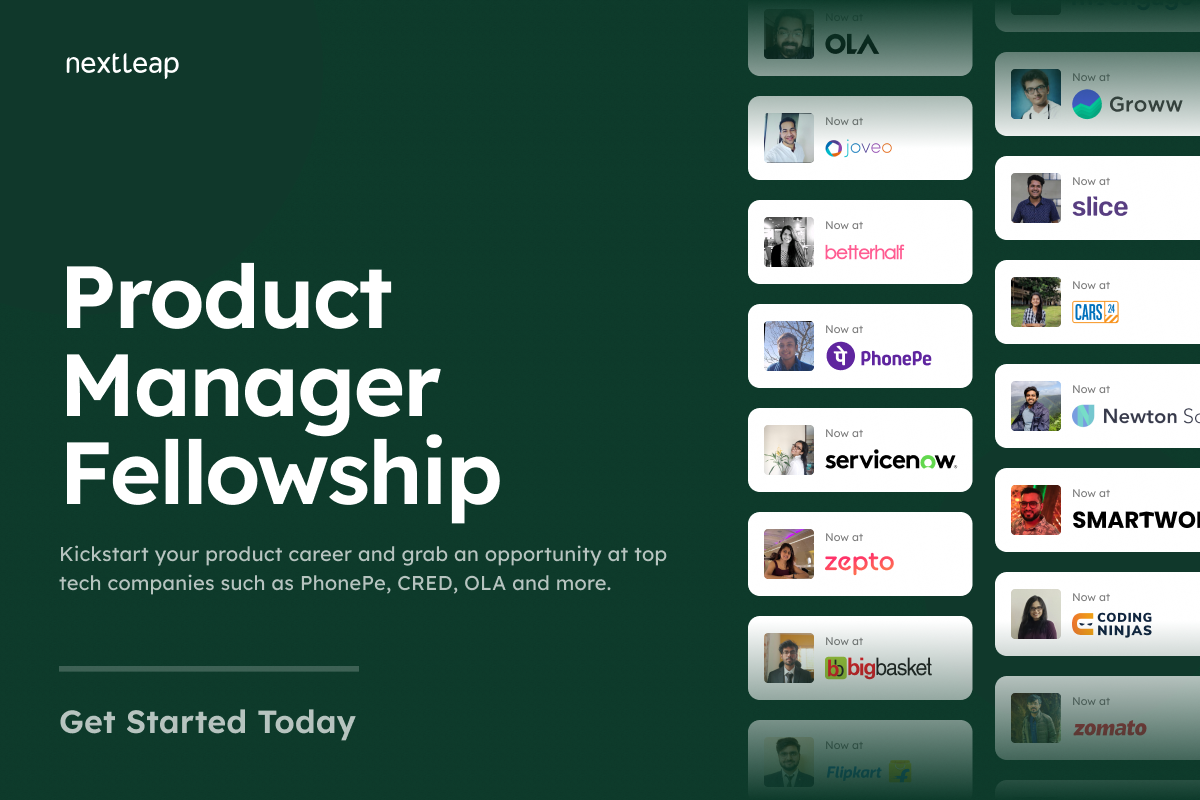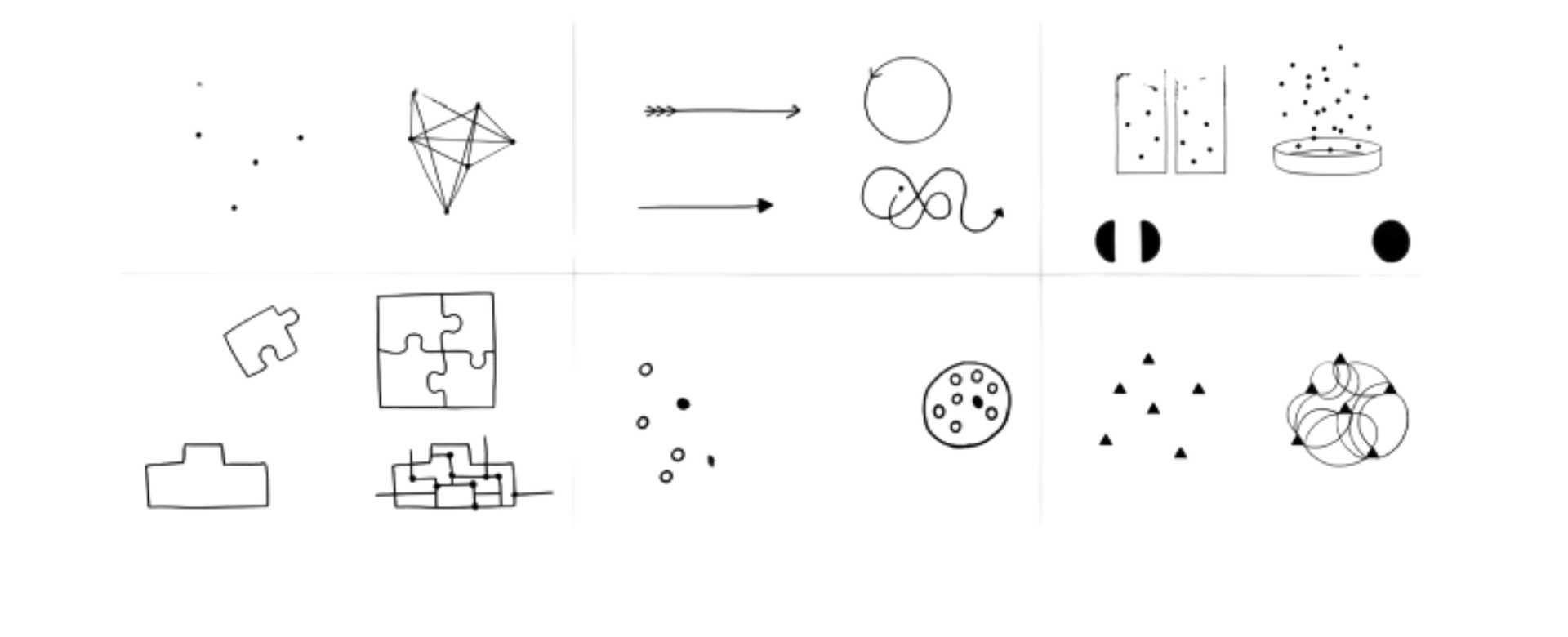How to Get the Most Out of Customer Research: Maximize Your Results

Customer research is an essential part of any business’s success. It helps you understand your customers’ needs and preferences, allowing you to create better products and services. It also helps you gain insights into customer behavior and trends, helping your business make more informed decisions. However, it’s not enough to just conduct customer research – you need to maximize the value you get out of it.
Planning Your Customer Research Strategy
The first step in getting the most out of customer research is to create a comprehensive strategy. Start by defining what you want to learn from your research. Consider the types of questions you want to ask, and the type of data you want to collect. Then, decide on the research method that best fits your needs, such as surveys, interviews, focus groups, or A/B testing. Finally, develop a timeline for conducting the research and analyzing the data.
Once you have your research strategy in place, it's important to ensure that you have the resources necessary to carry out the research. This includes budgeting for any software or services you may need, as well as hiring any additional personnel or contractors to help with the research. Additionally, you should consider the time and effort required to analyze the data and create actionable insights from it. By taking the time to plan your customer research strategy, you can ensure that you get the most out of your research.

Become a Product Manager
Learn from top industry experts, get access to 1 year placement support and transition into product management at India's top tech companies.
Choosing the Right Research Method
Once you’ve determined the type of data you want to collect, it’s important to choose the right research method. Each method has its own strengths and weaknesses, so it’s important to understand how each one works and which one will provide the most useful results for your specific goals. Surveys are great for collecting quantitative data, but interviews and focus groups are better for collecting qualitative data. A/B testing can be used to compare different versions of a product or service and determine which one is more successful.
It's also important to consider the cost of each research method. Surveys are often the most cost-effective option, but interviews and focus groups can be more expensive. Additionally, the time it takes to collect data should be taken into account. Surveys can be completed quickly, while interviews and focus groups may take longer to complete.
Creating Effective Surveys
If you’re using surveys as your research method, it’s important to create ones that are effective. Start by creating a list of questions that will help you get the data you need. Make sure they’re clear and concise, and don’t lead respondents to a certain answer. Also consider which type of questions you’ll use. Open-ended questions are great for collecting qualitative data, while closed-ended questions are better for gathering quantitative data.
When creating your survey, it's important to keep the length in mind. If the survey is too long, respondents may become bored or frustrated and not complete it. Try to keep the survey to a manageable length, and make sure the questions are relevant to the topic. Additionally, consider the order of the questions. Start with easier questions and work your way up to more difficult ones.
Gathering and Analyzing Data
Once you’ve conducted the research, it’s important to gather and analyze the data. If you’re using surveys, it’s best to use a survey platform that allows you to easily collect and understand the data. You can then analyze the data using various methods, such as correlation analysis, statistical analysis, or text analysis. Depending on the type of data you’re analyzing, different tools and techniques may be more effective.
It’s important to remember that data analysis is an iterative process. You may need to go back and adjust your methods or data sources as you uncover new insights. Additionally, it’s important to consider the context of the data and how it relates to the research question you’re trying to answer. By taking the time to properly analyze the data, you can ensure that you’re getting the most accurate and meaningful results.
Implementing Customer Research Findings
The final step in maximizing the value of customer research is to implement the findings. This can help your business make decisions based on customer feedback, helping you create better products and services. Start by creating a plan for how the findings will be used. Then, create a timeline for when the changes will be implemented. Finally, measure your progress and adjust your plan if needed.
By following these steps, you can get the most out of customer research and maximize its value for your business. By understanding customers’ needs and preferences, and implementing their feedback, you can create better products and services that will meet their needs and drive your business forward.
It is important to remember that customer research is an ongoing process. As customer needs and preferences change, you should continue to collect feedback and adjust your products and services accordingly. This will ensure that your business is always up-to-date with customer needs and can remain competitive in the market.

Become a Product Manager
Learn from top industry experts, get access to 1 year placement support and transition into product management at India's top tech companies.



